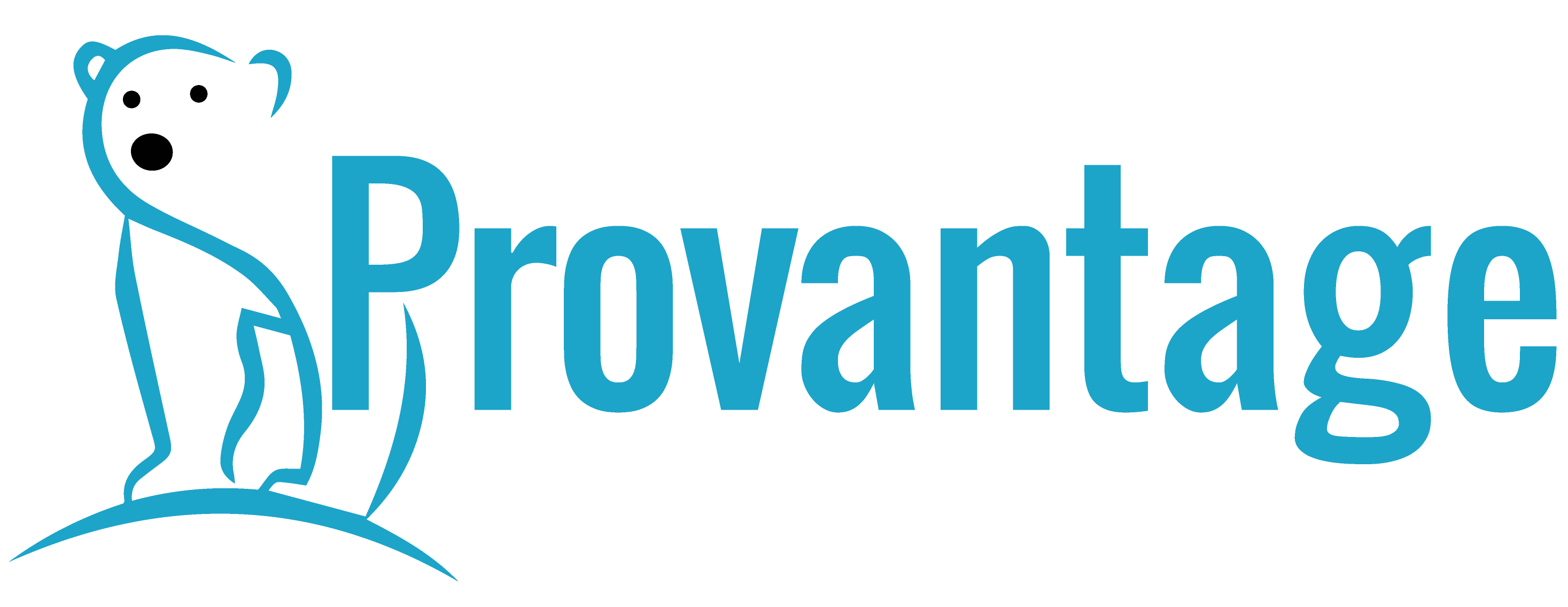Business Architecture
Any business is more than just data, tech, bricks, and mortar. This is what it is. But how does your business manage to fulfil its mission? This is where business architecture can help. Most businesses have a good grasp about what it does, and it will be doing it well otherwise the shareholders will have something to say. A business architecture will show in many forms how the business capabilities are related, what they do, and who uses them. The business architecture is an important artefact when it comes to changing the direction of the business. It will identify gaps in capability for the business to fulfil its new mission.
How we do it
Conversations with business units
If the current business architecture is incomplete or non-existent, the business units will be the authoritative source for the business functions.
Build the business capability catalogue
From the business functions, the business capabilities can be built. These are high-level statements of what the organisation does to achieve its mission.
Socialise and fine-tune the model
It’s important for the model to be made public as soon as possible. These presentations will ensure the organisation begins to get on board with the concept.
Deliver a roadmap to maintain momentum
The roadmap will create a way forward to keep interest high. It’s important this momentum is maintained to keep the business architecture fresh and adding value.
What you get by using Provantage
Experience and a keen eye for detail. We have had many years of creating business architectures for many organisations, and identifying gaps and where improvements can be made.
Openness about the state of your business architecture, and not afraid to speak out to get the best outcome. Willing to ask those awkward questions to get to the bottom of the architecture.
A workable business architecture, which can be expanded out to include the processes, data, and tech (the enablers) to form the basis of a wider business intelligence service.
Scalable business architecture
With the business architecture documented, it makes the decisions about changing the business far easier. Gaps can be identified at a glance, saving precious time and resource gathering the information important to decisions.


